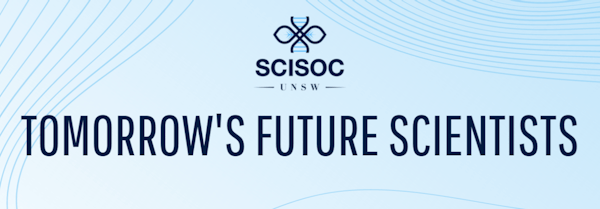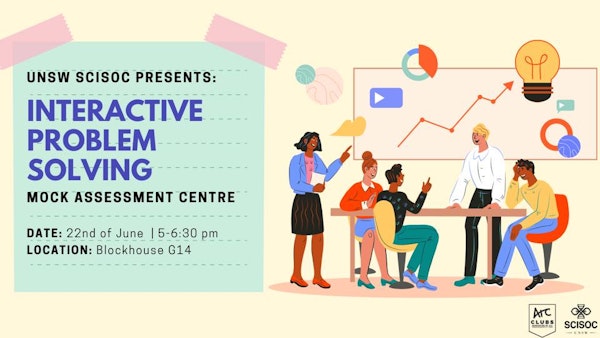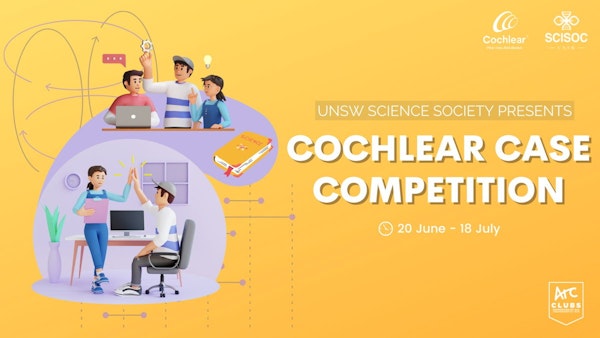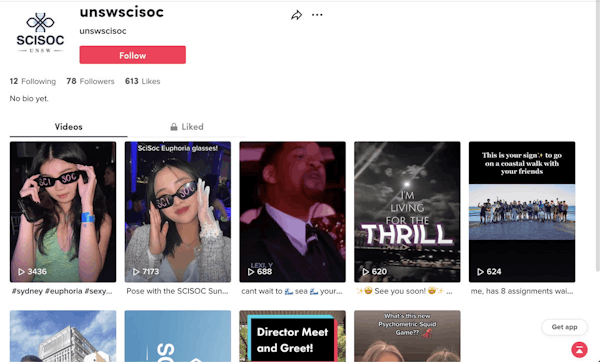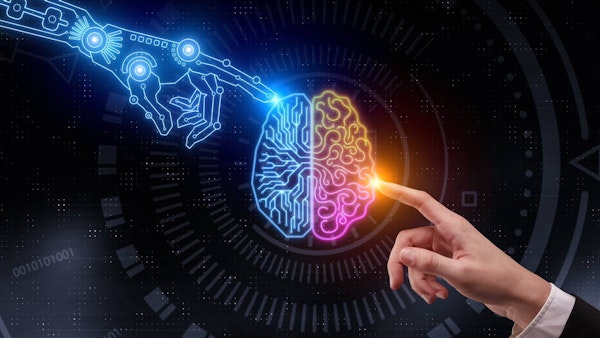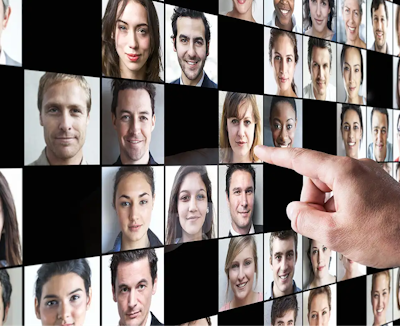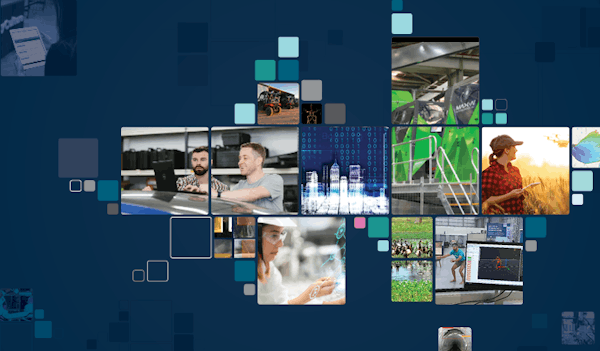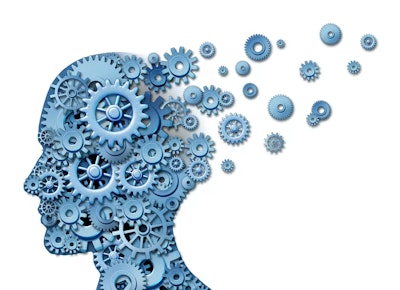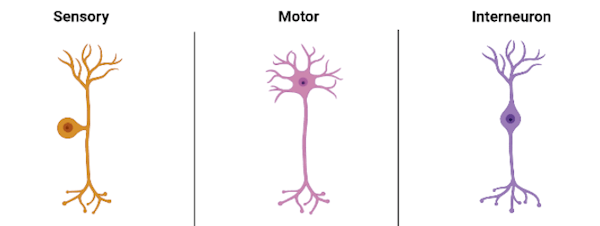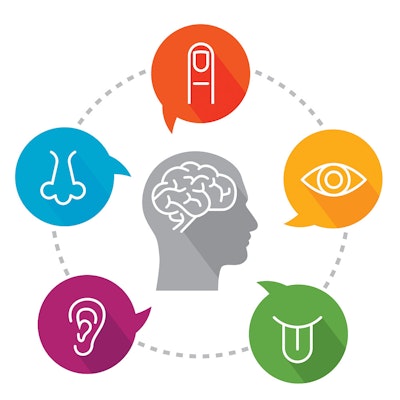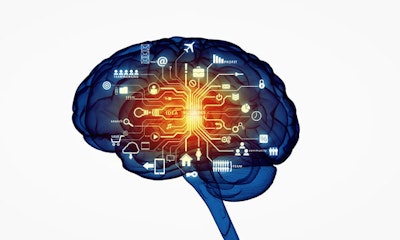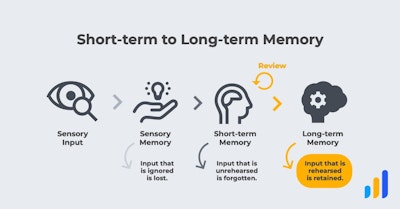Welcome back to PRISM, the SCISOC newsletter! We hope you have had an excellent holiday rest! In this fortnight's newsletter, we present our exciting SCISOC Euphoria Cruise and our Self-Care event! In our Science News, we explore the ability of human skin to ‘rewind’ through old skin cells. Finally, in our Fun Corner, we examine the truth behind the reason we dream. |
|
|
UNSW Science Society Presents: Interactive Problem Solving  Want to challenge your brain and solve a real-world problem?  Looking for an opportunity to improve your teamwork and presentation skills?  Or just wanna learn how to AC-E your next Assessment Centre? Well, come BOOST  your skills at  UNSW SCISOC’s Interactive Problem Solving  ! You will develop your critical thinking and teamwork abilities as you work in groups to find solutions to real-world case studies. You will also have the AMAZING opportunity to present your solutions to experienced industry representatives and improve your communication skills with invaluable  personal feedback  ! Many of Australia’s leading STEM companies use problems like these in Assessment Centres to assess you during the interview process… So what are you waiting for? Come and test your skills and learn how to land your DREAM job  ! 5:00 - 6:30PM | Wednesday Week 4 (22nd June) | Blockhouse G14 |
|
|
Cochlear Case Competition UNSW Science Society is proud to present our Cochlear Case Competition 2022! Through this case, you’ll be given the opportunity to solve real-world problems and discover the emergence of new and innovative technologies at Cochlear Limited. The case will give contestants an insight into biomedical design and development, combining business principles with STEM and engineering design. In teams, you’ll be able to develop your critical thinking abilities and apply your knowledge through a science/consulting lens! REGISTRATIONS CLOSE: Monday 20th June 2022 - 11:59PM |
UNSW Science Society TikTok |
|
|
With the Productions portfolio working hard to become Professional TikTokers, we proudly present to you SCISOC’s official TikTok page! Come and take a look, relive the best moments of every event and look forward to all that SCISOC has to offer!! Remember to follow us on the SCISOC Facebook page to keep up to date with our upcoming events. |
|
|
AI algorithms can influence people’s voting and dating decisions in experiments We encounter artificial intelligence algorithms every day, from Facebook to Google search results. Yet to what level of persuasion do these algorithms exert genuine influence over human behaviour and decisions? |
|
|
“If a fictitious and simplistic algorithm like ours can achieve such a level of persuasion without establishing actually customized profiles of the participants, a more sophisticated algorithm such as those with which people interact in their daily lives should certainly be able to exert a much stronger influence,” researchers, Agudo and Matute conclude. |
| |
|
The pair have found that artificial intelligence algorithms can influence people’s preferences for fictitious political candidates or potential partners. They conducted a series of experiments that tested the influence of AI algorithms, recruiting participants to interact with algorithms that presented photos of fictitious political candidates or online dating candidates, then asking the participants to vote |
|
|
The algorithms promoted some candidates over others, either explicitly or covertly, such as by showing their photos more often than others. Overall, the experiments showed that for political decisions, explicit manipulation significantly influenced voting patterns, while covert manipulation was not as effective. The opposite effect was seen for dating decisions. Additionally, a famous experiment on voting behaviour in the US, for instance, showed how Facebook messages swayed political opinions, information seeking and votes of more than 61 million people in 2010, a phenomenon they say was demonstrated again in the 2012 elections. In another example, manipulating the order of political candidates in search engines or boosting someone’s profile to enhance their familiarity and credibility are other covert ploys that can funnel votes to selected candidates. |
|
|
The results point to AI indeed being capable of swaying participants toward certain choices. Regarding politicians, more explicit suggestions yielded better results, while subtler tactics proved effective in dating scenarios. Study authors speculate that when it comes to suggestions from a computer, people tend to want the opposite of what they would expect from another human. People usually prefer direct advice when it comes to dating, but nuance is often necessary when politics come up. Given artificial intelligence algorithms are ubiquitous in daily life, it is worth speculating our vulnerability to them, and reconsidering the blind trust we often place in recommendations from algorithms. In summation, study authors say the public should become more aware of the dangers of blindly following what a computer is saying. |
|
|
Memory is one of the most complex processes in the brain, and is known as the structures and procedures involved in the storage and retrieval of information. Technically, the phrase “I lost my memory” is incorrect since it’s not physically present, as your memory doesn’t exist in the same way that a body part does. Rather, it’s more “I suck at remembering”. |
|
|
So how does your memory work? |
| |
|
So how does your memory work? Memories are stored as tiny chemical changes in the connecting points between neurons in your brain, where neurons are the specialised cells that transmit signals from your nerves. Three types of neurons that are responsible for this information transfer in the nervous system: sensory neurons, interconnecting neurons and motor neurons. Sensory neurons detect the stimulus from each of the senses and communicate the information to the interconnecting neurons. The interconnecting neurons then pass this information throughout the nervous system and connect to the motor neurons, which then connect to the muscle tissues and activate them. |
|
|
| When a memory is processed, there are generally three steps that occur. The first is encoding, which is perception. |
|
|
For example, the memory of the time you saw your WAM. Your visual system picked up the unflattering number on your screen, your auditory system picked up the sound of you crying and your taste system picked up the saltiness of your tears. On a less comical note, imagine eating food at a Michelin star restaurant. Your eyes lock onto the visual appeal, your nose picking up the smell of delight, hands clenched on the knife and fork and finally you taste the food as it melts in your mouth. All of this occurs while there’s ambient background chatter and new food being cooked up in the kitchen. These sensory cues travel to a part of your brain called the hippocampus, which combines these perceptions into a single experience. According to neuroscientists, the hippocampus and another part of your brain called the frontal cortex determine whether or not the sensory inputs are worth remembering. If they are, they could become a part of your long-term memory. This memory is then encoded and stored with the help of neurons, and transferred to either the short-term memory or long-term memory. The transfer is part of the memory storage process, which filters the flood of information that we are confronted with. |
 |
|
|
The next step of processing a memory is the storage of the memory itself. |
| |
|
As soon as we intercept data, it is moved to short-term memory. The short-term memory has a pretty limited capacity of about 7 items, held for around only 20-30 seconds at a time, so don’t feel too bad if you don’t remember everyone’s names at a party. After the information is processed, it can either be lost or moved to long-term memory. Long-term memory (LTM) has an unlimited capacity to retain information for a long time, divided into unconscious memories (driving a car, tying your shoelaces, speaking a language) or conscious memories. |
|
|
| The final step is the retrieval of the memories from long-term memory. |
|
|
Now, when you want to retrieve a memory, you have to reach out into the unconscious levels of memory storage, where the data is then transferred to the conscious level at your will. Generally, people who have a good memory are just good at remembering things. When you can’t remember something, it can be a result of the faulty encoding of data, where the information fails to make it to the long-term memory. Distractions can also get in the way of encoding memories, so next time you can’t remember something in your exams, it might be because you checked a Facebook UNSW Love Letter. |
|
|
UNSW Science Society is proud to announce our continued partnership with GradReady through 2022. GradReady provides GAMSAT Preparation courses for anyone looking to pursue Medicine after they graduate.
This process starts earlier than you think, so if you’re studying medical science or just have that passion, check out what they have to offer! |
|
|
| |
